Water in your home comes in two forms. Of course, you will not be able to differentiate it from the looks of it. Yes, the taste may differ a little, but not everybody can find the actual differences.
The water can either be soft water or hard water. Soft water contains a very low level of minerals. The hard water, in sharp contrast, consists of a heavy dose of minerals, especially calcium and magnesium. The softened water can include sodium as part of the softening process.
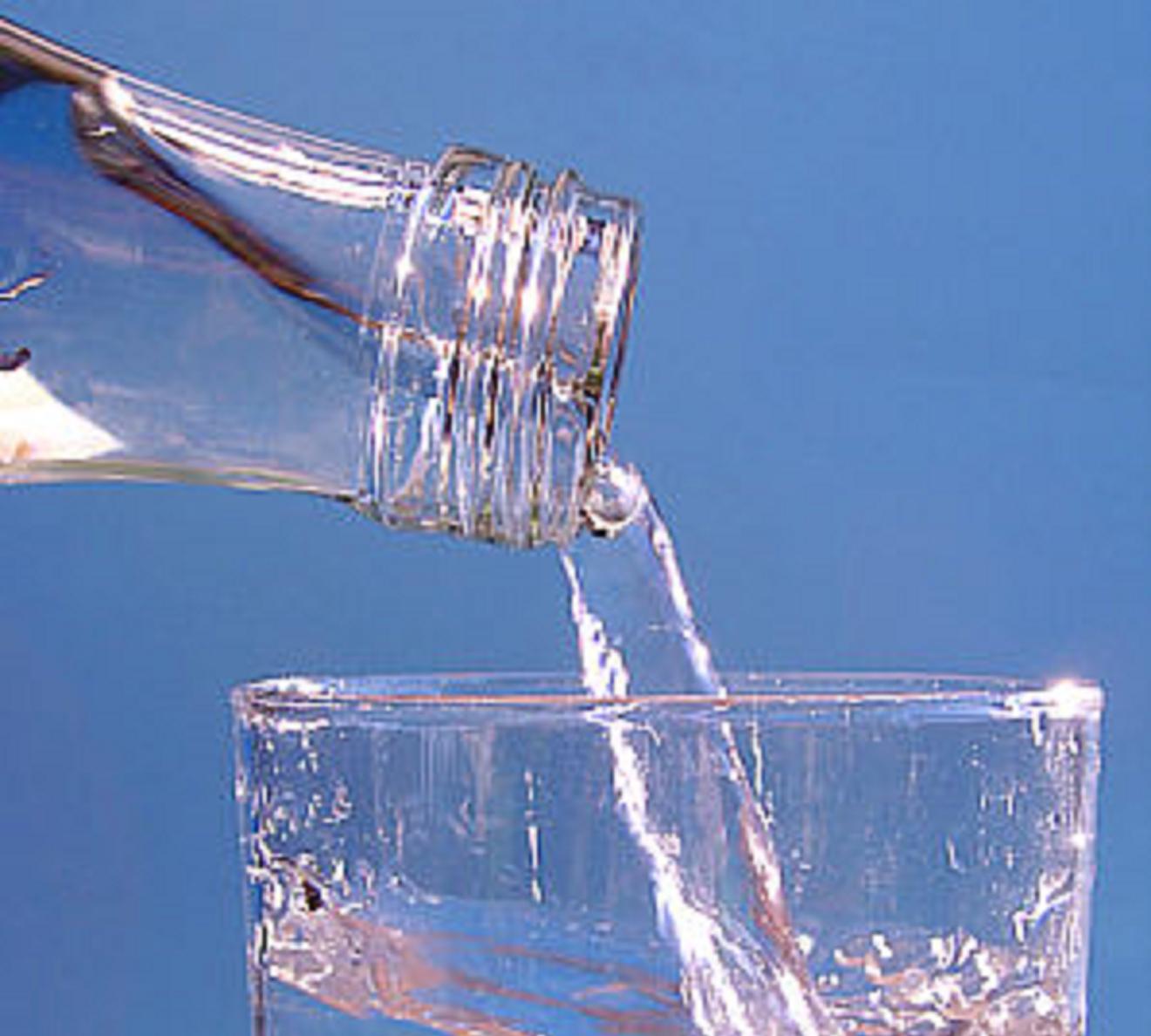
Softening water is a process in which you will remove calcium from your water source. Of course, it also involves removing the other minerals from water, but since calcium occurs heavily in water, a softening process invariably focusses on removing calcium.
In this context, we will today discuss how to remove calcium from water naturally
Why Clean Calcium from Water?
Before we can check how to remove calcium from water naturally or otherwise, we will understand the basic need for the removal of calcium. Calcium is one of the useful minerals and has health benefits. Why do we need to remove calcium from water?
Well, anything too much is detrimental to your health. While water without minerals is NOT complete and may not have many health benefits, an over-saturation of minerals may turn out to have serious effects on hair, skin, and health. It can also cause issues in the proper functioning of your equipment. It can also cause issues such as rust in plumbing and other equipment such as water purifiers, washing machines, and other similar equipment.
What Makes Water Hard and How do you Know the Water has Gone Hard?
As we have already understood, hard water can be a result of the high content of minerals. You can find that when hard water evaporates, it leaves the residues of the minerals.
A few other indicators that would indicate the presence of minerals in the water can include:
- Hair fall and dryness in the hair
- Rust on kitchen items and plumbing such as taps, sink, faucet, etc
- Limescale deposits on the toilet seat.
- Dull skin.
- No shine in the clothes washed with hard water.
You should be able to measure the hardness of water with the TDS meter if available with you. You may even get it tested at any of your nearest testing centres.
How to Remove Calcium From Water Naturally?
Well, removing calcium from your water source is called the softening of water. In fact, it would be advisable to opt for the systems specifically designed for the purpose. Natural means of softening water or removing calcium may not be effective if the water in your area consists of a high level of minerals.
Let us check out a few options that would help you answer how to remove calcium from water at home.
-
Washing Soda
Washing Soda forms part of most of the soaps and detergents. It can double up as an excellent option if you are looking to soften water at home naturally.
Add half a cup of washing soda to the water that would help you remove calcium and magnesium from the water. Washing soda contains calcium carbonate and it reacts with calcium to form calcium carbonate precipitate. The magnesium also gets converted to magnesium carbonate and the water is softened.
-
Boiling
Boiling the water should be yet another better option to break down the minerals such as calcium and magnesium. If you are looking for the softened drinking water, it would be a good idea to boil the water and then allow it to cool down.
It may also be a good idea to boil your water before using it for cooking or other purposes. This will remove the calcium and magnesium components form the water quite easily. That should perhaps explain why our ancestors made it mandatory to bathe in hot water. It should be the right option if you are looking to know how to remove calcium from water at home.
-
Vinegar
Vinegar has been touted to be yet another great option if you are checking out the options for how to remove calcium from water naturally. It can be quite helpful in dissolving the mineral deposits on plumbing.
If you are using water for washing or cleaning purposes and want to soften it, vinegar would be the right choice. Just add half a cup of the vinegar during the last cycle of your washing or rinsing. This can help water soften. Of course, vinegar will a little odd, but most of it should be rinsed away. If it does not for any reason, you can consider adding one or two drops of essential oil.
How to Remove Limescale From Water Supply?
Limescale is a white or greenish formation that can be caused because of the excessive concentration of calcium in your water supply. Limescale will make your plumbing look very ugly in addition to damaging your fixtures and causing serious concerns.
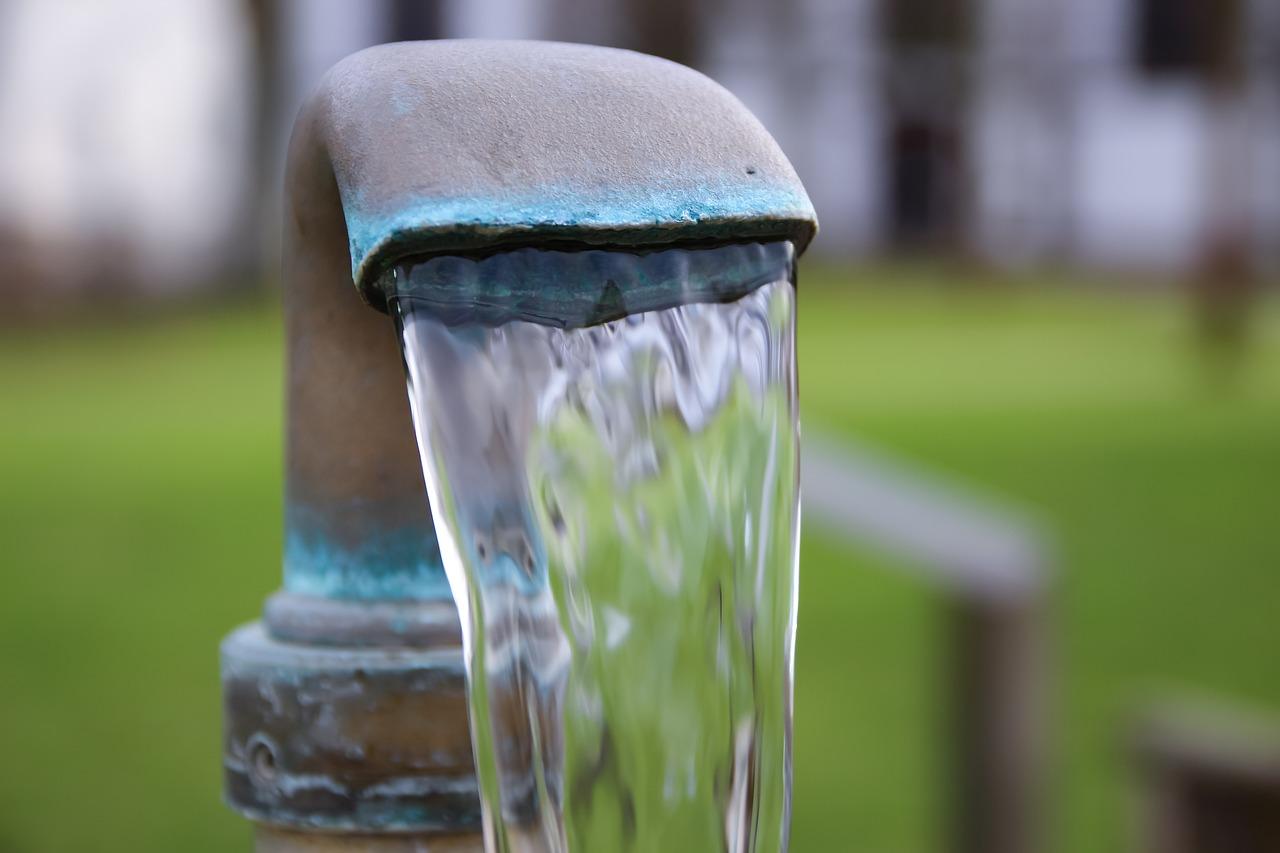
Limescale formation can cause severe concerns and it is extremely important to avoid their formation in addition to removing any scales already formed to avoid further damage.
Heavy limescale can cause the following serious concerns:
- It can cause blocked pipes, taps and showerheads
- Drop in the water pressure that can further affect the equipment such as water filters.
- Additional and frequent repair costs.
That apart, it can also cause a few health concerns such as greying and fall of hair, dryness of the skin, irritation in the eye and skin ailments.
Limescale formation from your water supply cannot be removed in its totality. The best option would be to take care that each of your equipment is protected against the damage from limescale.
Here are a few tips that can help you in finding how to remove limescale from water supply:
- Use a softening tablet in your washing machine. This will help you prevent the formation of limescale inside the machine. It will also be helpful in letting the detergent clean up your clothes easily.
- Using carbon water filters in taps and containers can boost your performance.
- If you are using a central heating system, you can add a chemical inhibitor designed for working with a central heating system that can prove to b handy.
- The magnetic descalers attached to the pipes can also prove effective enough in taking care of the limescale formation. These descalers are connected to the outside of the pipe and make the minerals lose their ability to adhere to the pipes. Descalers such as iSpring ED2000 Whole House Salt-Free Electronic Descaler can be a good option in this case.
- A few household elements such as lemon and vinegar can be a great solution to address the limescale issue. You can use lime juice and vinegar to remove limescale from showerheads, taps, and other smooth surfaces.
How to remove limescale from water supply permanently? If you are looking for a permanent and one-time solution, it would be a good idea to get a water softener. The water softeners can be installed directly on the main water supply so that the water in any part of your home stays safe from limescale formation.
How to Remove Limescale from Toilet Rim?
Hard water not only bring health issues and other problems, but they may also cause issues such as scaling on your bathroom fittings, and especially the toilet rim. It can make your toilet look quite ugly and something that would create a bad impression if you have any guests.
There are a few myths associated with cleaning your toilet bowl and removing the limescale. The methods that involve using bleach or a full bottle of cola may not be reliable. The cola does not remove the limescale, but in reality, it will add an additional cola color to it! Bleach, one the other hand will only lighten the limescale, but will not remove it.
-
Vinegar
Vinegar can be the right solution if you are wondering how to remove limescale from toilet rim. The acidic composition of the vinegar can be quite effective in lifting and removing the scales and it is not as expensive as those toilet cleaners.
Here is how you can vinegar to remove limescale from toilet rim:
- Pour a litre of vinegar into the toilet bowl. Ensure that you are pouring it from the sides of the bowl.
- Let the vinegar sit for three to four hours.
- Scrub the rim and other parts with more vinegar.
- Flush away.
You can repeat the procedure until the toile rim is completely clean from the limescale stains.
-
Sandpaper
This may not be the pleasurable and pleasant thing to do, but can be quite helpful in removing the stubborn limescale on the toilet rim.
Buy two types of sandpapers. One of them would be of a fine-grain type and the other is medium grain. Begin with the medium-grain sandpaper to clean off the majority of the limescale. You can then use the fine-grain sandpaper to clean up the remaining stains.
Those tow natural tips should assist you in answering the question of how to remove limescale from toilet rim.
How to Clean Limescale from Toilet – Kim and Aggie way
Aggie MacKenzie and Kim Woodburn are known as the greatest cleaning gurus. They offer a few top tips for the best options on how to remove limescale from toilet rim. It may be a good idea to understand how to clean limescale from toilet Kim and Aggie way for the best results in cleaning the limescale from toilet bowl or rim.
Kim and Aggie do not believe in buying those cleaners available in the supermarket. They consider it unhealthy, not ecological and not economical. They stress on the needs for use of the following material when cleaning limescale from the toilet:
- Basic materials such as mops, dusters, and cloths
- Concentrated dishwashing liquid such as hot soapy water.
- Scouring powder for tougher stains.
Baking soda has been one of their strongest options. They also suggest the use of distilled vinegar. Kim and Aggie also recommend the use of soap dispensers rather than soap bars for cleaning the limescale from the toilet.
How to Remove Limescale From Toilet Below Waterline?
The above discussions on how to remove limescale from toilet rim can only be useful in cleaning up and removing the limescale from the dry parts of the toilet bowl. What if you have limescale at the bottom of the bowl? How to remove limescale from toilet below waterline?
The tips here can be quite effective enough:
- Stop the water supply to your toilet bowl completely.
- Scoop out the water at the bottom. You can use a long ladle for the purpose.
- You can now dry up the bottom with old rags to sop out the water at the bottom of the bowl. Make sure you are wearing good quality gloves when you do that.
- Let the bowl dry for an hour so.
Once the bowl is completely dry, you can follow the steps here below:
- Fill up the entire bowl with some good acid cleaner. You should get it from any of your local hardware stores.
- Let the acid cleaner sit for around eight hours. It would be a good idea to let it sit for overnight. Ensure that you have a spare toilet!
- Once most of the limescale has been removed, use white vinegar to remove any of the remaining limescale.
- Use a toilet brush to clean it off and flush away!
Best Limescale Treatment for the Whole House
Apart from the best options on how to remove calcium from water at home and address the limescale issues. However, before we can conclude our discussion on how to remove calcium from water naturally, we thought of sharing a few equipment options you would need to rely upon for an effective softening.
-
Electronic Water Conditioners
They act as electronic descalers and limescale inhibitors and can be used in any of the conditions we discussed above. These descalers are wrapped around the pipes and help you prevent the formation of scales.
They work by transmitting the audio frequency into the water through conduction. However, they will leave minor scale formation intact. The cheaper pricing would make them one of the preferred options under ideal conditions. Since they do not need plumbing, installing them is quite simple and easy.
A few good examples here can be Eddy Electronic Water Descaler and HQUA Electronic Water Descaler for this purpose.
-
Electrolytic Water Conditioners
Unlike the descalers, these devices need to be installed inside the plumbing system. They are available in multiple sizes depending upon your pipework.
They remove the limescale and calcium from the water through the electrolysis process. These normally come with copper that works as cathode and anode. They are quite cheaper just like electronic descalers. The fact that they do not need a separate power connection makes an affordable option with no maintenance costs.
However, you will need to replace them periodically to retain the effectiveness of the water conditioners.
-
Precipitated packaged Softeners
Washing soda and Borax are a couple of good examples of the precipitated packaged softeners. They can be an excellent option for the water softening processes in application areas such as washing your clothes and similar other cleaning purposes. In essence, they should be the right options for the Best limescale treatment for the whole house.
They are, once again, a cheaper option you would find extremely impressive. These chemicals combine with calcium and magnesium and make them precipitate. That way, these minerals will not interfere with your washing requirements. It would also be useful in cleaning and deodorizing your clothes and dishes.
-
Non-Precipitating Softeners
The non-precipitating softeners are also best suited for washing and cleaning purposes. They work with phosphates and helps in holding the calcium and magnesium in the water. Calgon is the best option in this genre.
Of course, they are much expensive options when you compare them to the precipitating softeners. Since they do not increase the alkaline composition of the water and thus can be considered safe to use on almost every fabric type.
-
Carbon Filters
These are the high end water filters that can remove sediments and a host of minerals that can make your water hard. While it can be the right option for the Best limescale treatment for whole house, they are considerably cost effective when you compare them to the traditional water softeners.
However, they would need replacement at regular intervals. The replacement can be a little expensive.
-
Reverse Osmosis Filters
They are invariably the most high end and an excellent option for the Best limescale treatment for whole house. While they can soften water by removing calcium and magnesium from the water, they can also offer other advantages as well.
They can be helpful in preventing scaling in equipment such as coffee makers, steam irons, and similar other utilities that use water. However, they use a lot of water. In fact, RO systems are known to purify only 10 percent of the water they receive from the main water supply and the rest is wasted. That would make them not suitable for whole house water treatment in areas where you have water scarcity. Of course, you can check out the options that do not waste much water.
The Closing Remarks
Well, calcium is one of the most unwanted minerals in water beyond a certain degree. Softening the hard water would essentially remove the calcium and magnesium minerals from the water and makes it useful for every one of your needs.
Softening your water source and removing calcium form it should not be a huge task as such if you can follow the tips outlined above on how to remove calcium from water at home. Check them out and let us know which of those methods appealed to you.

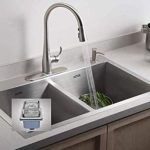

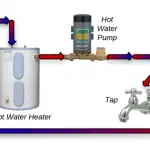
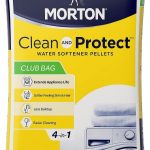
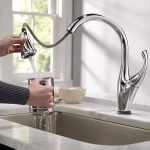
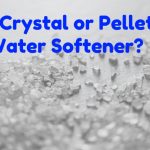




Add Comment